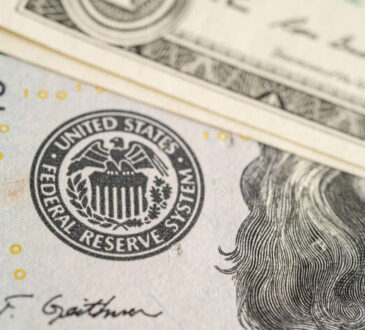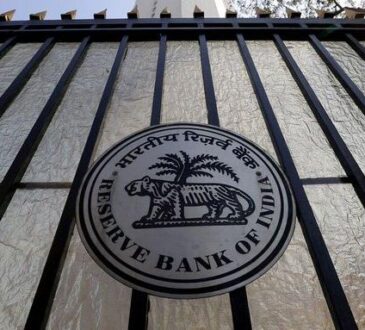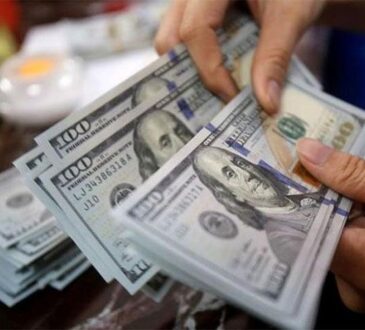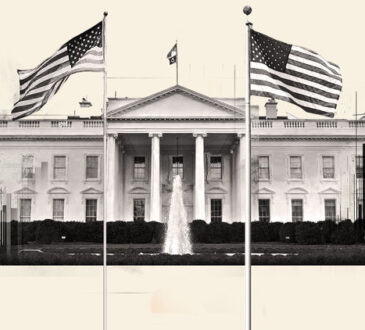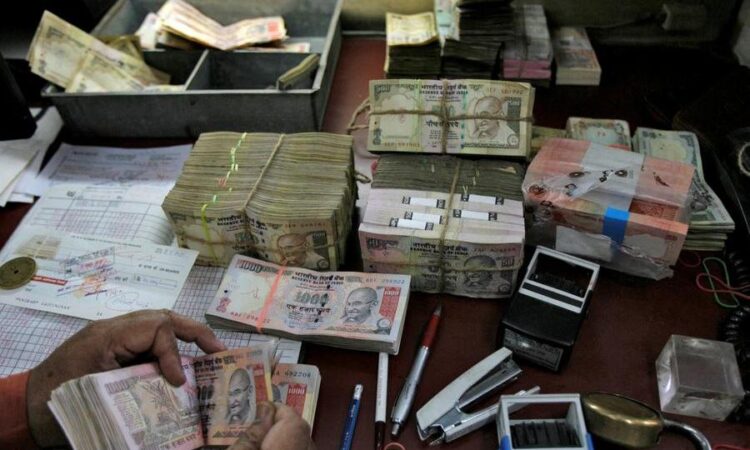
The Indian rupee’s recent decline against the euro, the British pound and the Japanese yen has prompted exporters to increase hedging their receivables in these currencies, six market participants said.
Treasury yields have plunged since November on bets of steep U.S. rate cuts next year, hurting demand for the dollar and boosting the euro, the pound and the yen.
The USD/INR has not reacted to the dollar’s fall, thanks largely to the Reserve Bank of India’s (RBI) tight leash on the currency. This has led to the rupee falling against other major currencies.
The domestic currency fell to an over-four-month low against the euro and to a three-month low versus the pound in November. Last week, it slipped to the lowest since July against the yen.
FX advisors suggest exporters take advantage of this fall.
“We are currently recommending that exporters increase their hedge ratios on confirmed euro and pound receivables to about 70%-75%, up from near 50% in mid-November,” Abhishek Goenka, CEO at forex advisory firm IFA Global, said.
Typically, such receivables are due between 1-to-3 months, Goenka said.
Hedge ratio refers to the portion of future FX payments or receipts a company has hedged. Receivables are the expected foreign currency earnings of exporters.
The RBI’s stranglehold on the dollar-rupee means that companies are effectively taking a call on the euro-dollar, pound-dollar or dollar-yen rates, when they decide to hedge their non-dollar exposures, three bankers said.
What a corporate can do is split its exposure by hedging the euro/dollar leg while “opportunistically waiting” for better levels on dollar/rupee, a FX sales executive at a bank said.
That is what Nagreeka Exports, a small Mumbai-based company which ships textiles to Europe and the U.S., is doing.
“In the previous quarter, for the EUR/USD we had a hedging ratio of 70%-75% which has now been raised to 95%-100%,” Utkarsh Patwari, vice president of the treasury at Nagreeka Exports, said.
Companies with exposure to non-dollar currencies should manage their hedges “more actively” as the uncertainty on the U.S. rates path will “flow through to the dollar”, a senior treasury official at a bank, who did not want to be named because of company policy, said.
“This means companies have to prepare for a choppier dollar and not be married to the current directional bias.”
(Reporting by Jaspreet Kalra and Nimesh Vora; Editing by Mrigank Dhaniwala)

